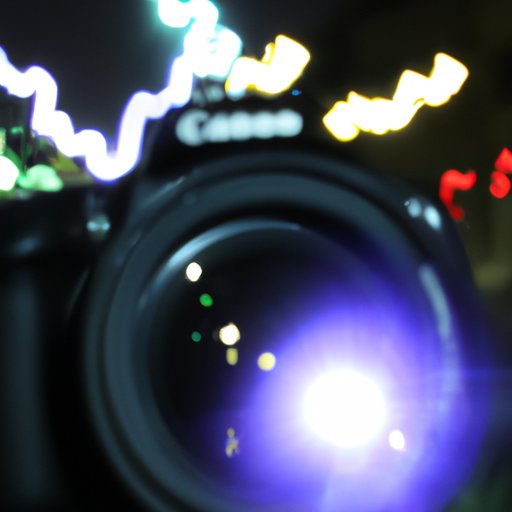Introduction
The term “F-Stop” may sound intimidating at first, but it is actually an important concept in photography that can help you capture better images. F-Stop is a setting on your camera lens that determines how much light enters the camera and affects how much of your image is in focus. In this article, we will explore what F-Stop is and how it can be used to create different effects in photography.
Explaining the Basics of F Stop in Photography
Before diving into the specifics of F-Stop, it is important to understand the basics of photography. One of the most important concepts is the idea of aperture, which is the size of the opening in the lens that allows light to pass through. Aperture is measured in f-stops, which are numerical values that represent the size of the opening. The lower the f-stop number, the larger the opening and the more light that passes through the lens. The higher the f-stop number, the smaller the opening and the less light that passes through the lens.
The f-stop setting on your camera affects the exposure of your image, which is the amount of light that reaches the camera’s sensor. A higher f-stop number will result in a darker image, while a lower f-stop number will result in a brighter image. Different f-stop settings can also affect the depth of field, which is the range of focus in an image. A higher f-stop number will result in a greater depth of field, while a lower f-stop number will result in a shallower depth of field.
How to Use F Stop to Create Different Effects in Photography
Once you understand the basics of f-stop, you can begin to explore the creative possibilities of using it in your photography. One of the most popular effects created with f-stop is shallow depth of field, which is when only a small area of your image is in focus. This effect is achieved by using a low f-stop setting, which results in a large aperture and a shallow depth of field. Shallow depth of field is often used to draw attention to a particular subject or to blur out distracting elements in the background.
Another popular effect created with f-stop is longer exposure times. Longer exposure times allow more light to enter the camera and can be used to create blurred motion or other creative effects. To achieve this effect, you will need to use a low f-stop setting and a slower shutter speed. You can also use f-stop to create selective focus, which is when only one part of your image is in sharp focus while the rest is blurred. This effect is achieved by using a high f-stop setting and focusing on a specific area of your image.
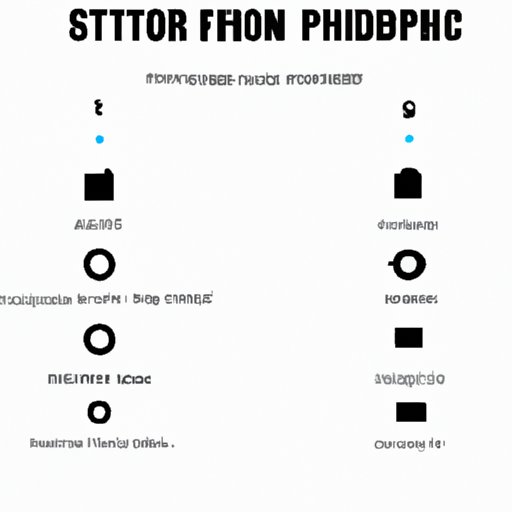
A Guide to Understanding the Relationship Between Aperture and F Stop
It is important to understand the relationship between aperture and f-stop in order to effectively use them in your photography. Aperture is the actual size of the opening in the lens, while f-stop is the numerical value that represents the size of the opening. The two are directly related, as a higher f-stop number corresponds to a smaller aperture and a lower f-stop number corresponds to a larger aperture.
In order to balance aperture and f-stop, you will need to adjust both settings accordingly. For example, if you want a shallow depth of field, you will need to use a low f-stop setting and a large aperture. Conversely, if you want a greater depth of field, you will need to use a high f-stop setting and a smaller aperture. It is important to experiment with different settings in order to find the best balance for your photographs.
Exploring the Creative Possibilities of F Stop in Photography
Once you understand the basics of f-stop, you can begin to explore the creative possibilities of using it in your photography. One popular effect created with f-stop is bokeh, which is the soft, out-of-focus background that is often seen in portrait and landscape photographs. Bokeh is achieved by using a low f-stop setting, which creates a shallow depth of field and blurs the background of your image.
F-stop can also be used to create blurred motion, which is when moving objects appear blurred in your image. This effect is achieved by using a low f-stop setting and a slow shutter speed. Finally, f-stop can be used to take photos in low light conditions, such as during twilight hours or indoors. In these situations, you will need to use a low f-stop setting and a slow shutter speed in order to allow sufficient light to enter the camera.
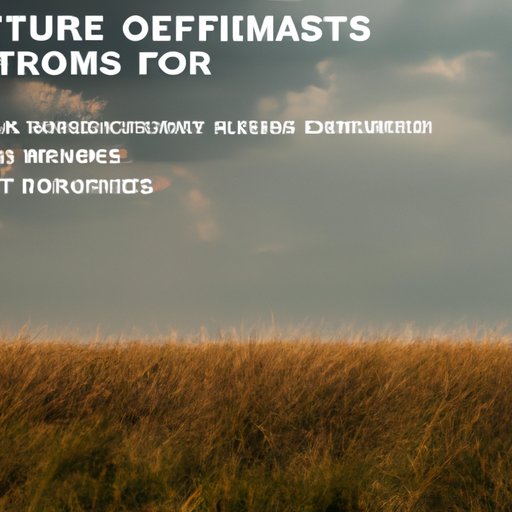
A Look at the Benefits of Using F Stop in Photography
Using f-stop in your photography has numerous benefits. One of the main benefits is that it gives you control over the depth of field in your image. By adjusting the f-stop setting, you can choose how much of your image is in focus and use this to create interesting and creative effects. Additionally, using f-stop can increase the image quality of your photographs by allowing more light to enter the camera and improving the exposure settings.
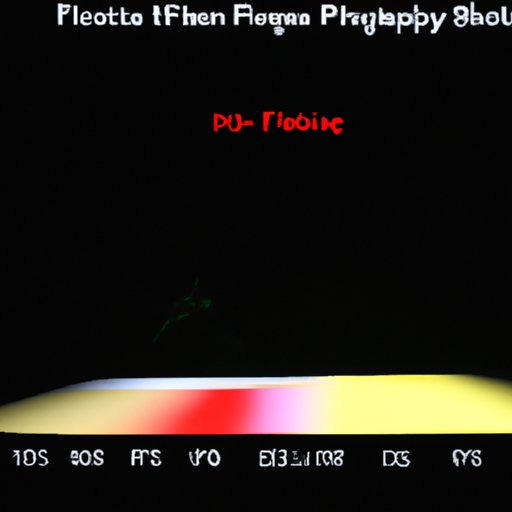
The Impact of F Stop on Exposure Settings in Photography
In addition to affecting the depth of field in your image, f-stop also has an impact on the exposure settings. When you adjust the f-stop setting, it will affect the shutter speed, ISO, and white balance of your image. A higher f-stop number will result in a faster shutter speed, a lower ISO, and a warmer white balance, while a lower f-stop number will result in a slower shutter speed, a higher ISO, and a cooler white balance.
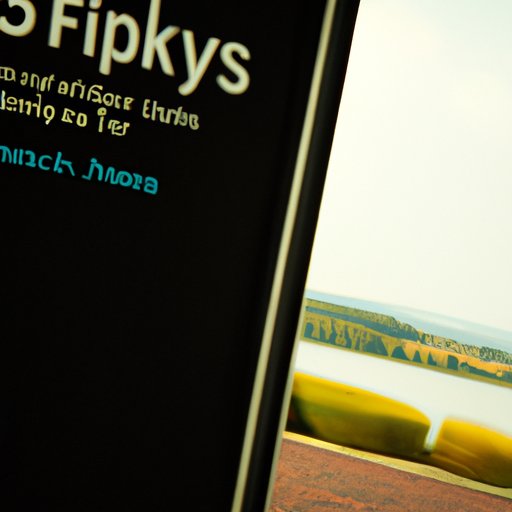
Tips for Mastering F Stop in Your Photography
Now that you understand the basics of f-stop, here are some tips for mastering it in your photography. First, it is important to experiment with different settings in order to get a feel for how the f-stop affects your images. Second, it is important to learn the basics of exposure, such as the relationship between aperture and f-stop, in order to make the most of your photos. Finally, it is important to understand the relationship between aperture and f-stop in order to balance the two and create the desired effect in your image.
Conclusion
F-Stop is an important concept in photography and understanding how to use it can help you take better photos. In this article, we explored what F-Stop is, how it affects the exposure of an image, how to use it to create different effects, the relationship between aperture and f-stop, and tips for mastering f-stop in your photography. By understanding the basics of f-stop, you can unlock its creative potential and take your photography to the next level.
(Note: Is this article not meeting your expectations? Do you have knowledge or insights to share? Unlock new opportunities and expand your reach by joining our authors team. Click Registration to join us and share your expertise with our readers.)
